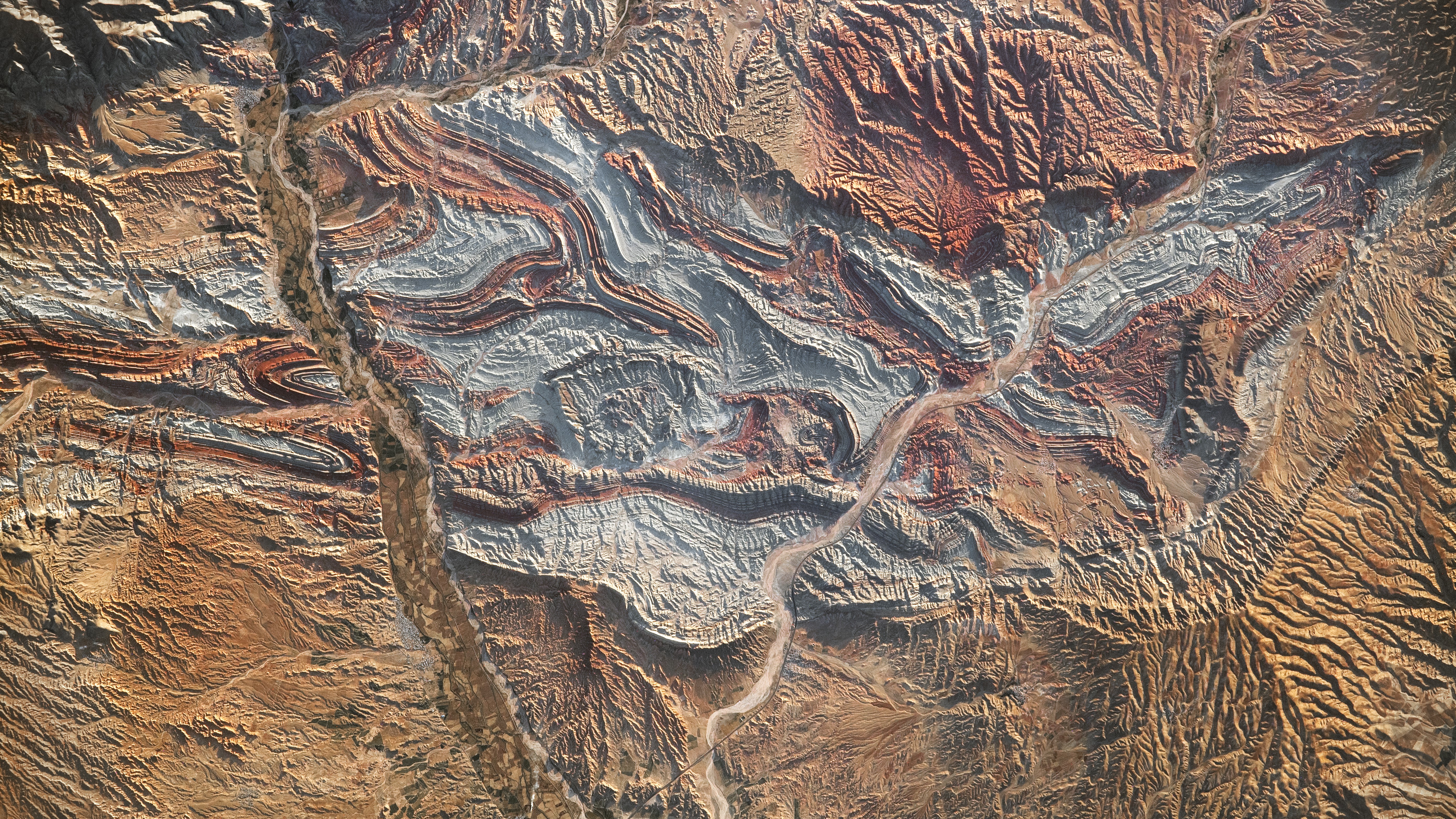A 230-Year-Old Secret Code Is Inscribed on a Rock in France. Can You Decipher It?

Do you fancy yourself a puzzler? A code breaker? A cunning linguist? Your services may be required in France.
A village in northwest France has offered a reward of 2,000 euros ($2,240) for anyone who can decrypt the series of letters and symbols chiseled into a boulder near town.
Located on a beach near the village of Plougastel-Daoulas, Brittany, and only visible at low tide, the stone was rediscovered three or four years ago but is believed to have been inscribed more than 200 years before. According to the French news site AFP.com, one side of the rock is completely adorned in jumbled capital letters; symbols including a picture of a sailboat and a heart; and the dates 1786 and 1787. [Are There Secret Codes in the Mona Lisa?]
Véronique Martin, a town official, told AFP that those dates correspond to the construction of several artillery batteries built to protect a nearby fort.
Whether this information has anything to do with the mysterious inscription has baffled visiting academics and amateur code breakers for years. Now, the town has opened the puzzle to the public, giving folks until Nov. 30 to submit their guesses. A jury will decide which interpretation is most likely and award the 2,000 euro prize after that, AFP reported.
According to AFP, the legible parts of the inscription read: "ROC AR B ... DRE AR GRIO SE EVELOH AR VIRIONES BAOAVEL ... R I OBBIIE: BRISBVILAR ... FROIK … AL."
Town officials told AFP that the contest rules and submission information are available at Plougastel-Daoulas' town hall.They have not said whether international puzzlers will be able to submit their answers online.
Sign up for the Live Science daily newsletter now
Get the world’s most fascinating discoveries delivered straight to your inbox.
- 11 Hidden Secrets in Famous Works of Art
- The 25 Most Mysterious Archaeological Finds on Earth
- The 10 Biggest Historical Mysteries That Will Probably Never be Solved
Originally published on Live Science.

Brandon is the space/physics editor at Live Science. His writing has appeared in The Washington Post, Reader's Digest, CBS.com, the Richard Dawkins Foundation website and other outlets. He holds a bachelor's degree in creative writing from the University of Arizona, with minors in journalism and media arts. He enjoys writing most about space, geoscience and the mysteries of the universe.










